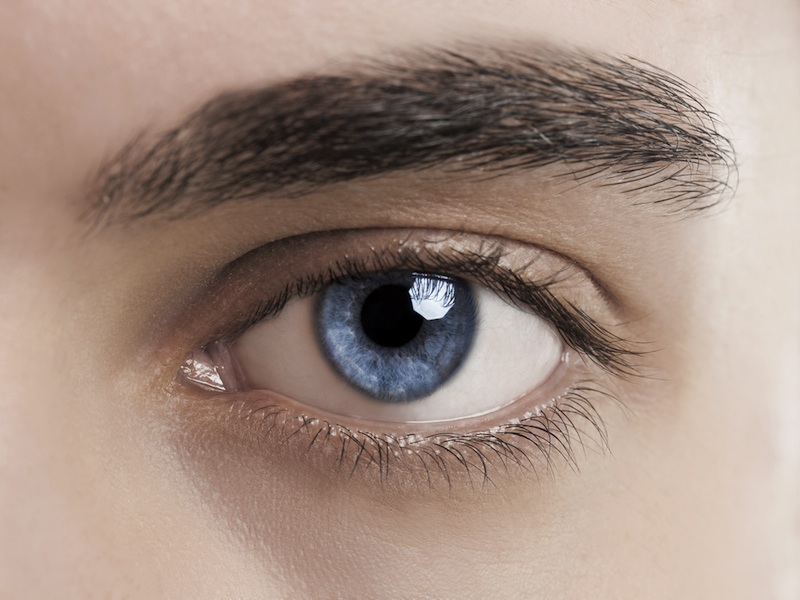These Healthy Eye Tips Will Keep You Looking Sharp-
First, step away from your screen.
THE FOLLOWING WRITTEN CONTENT BY STEPHANIE ANDERSON WITMER

Look, we’re all guilty of spending too much time staring at our screens. The average adult American spends 7 hours per day or more looking at digital devices, according to the American Optometric Association (AOA). All that scrolling and sharing, reading and retweeting can affect your sleep, creativity, and even brain function. But our vision especially takes a beating.
Digital eye strain—defined as a group of eye- or vision-related problems that result from prolonged screen time—is all too common, says Robert C. Layman, OD, president of the AOA. Symptoms can include headaches, blurred vision, and dry or irritated eyes.
“Viewing a computer or digital screen makes the eyes work harder; our eyes were not designed to use them for long periods of time,” Layman says. Reading a digital screen is different from reading a printed page. Fuzzier letters, less contrast between the letters and the background, and screen glare all make viewing difficult.
The pandemic has only made things worse. People are spending more time on their digital devices, which has exacerbated existing eye issues and created new ones. “Doctors have reported increased numbers of patients with binocularity issues (which is the inability of both eyes to coordinate properly), digital eye strain, and dry eye,” Layman says.
Keeping our eyes in good shape can not only reduce strain, but also help minimize the risk of other eye conditions, including glaucoma, cataracts, or age-related macular degeneration. Take a peek at these expert ideas for keeping your baby blues (or browns, greens, or hazels) healthy.
Nutrition for the best vision
“Research shows there is a relationship between our vision and our food decisions,” says Caroline West Passerrello, MS, RDN, LDN, owner of Caroline West LLC and a spokesperson for the Academy of Nutrition and Dietetics. Look for antioxidant-rich foods to help maintain eye health and vision.
Vitamin A: Carrots are probably the first thing that pops to mind when we think about eating for our peepers—and for good reason. Orange-red foods—carrots, sweet potato, pumpkin—are great sources of beta carotene. The body converts it to vitamin A, which is essential for proper eye function. Herring and fortified milk are other good sources of vitamin A. Read more from Yoga Journal.
Subscribe here





